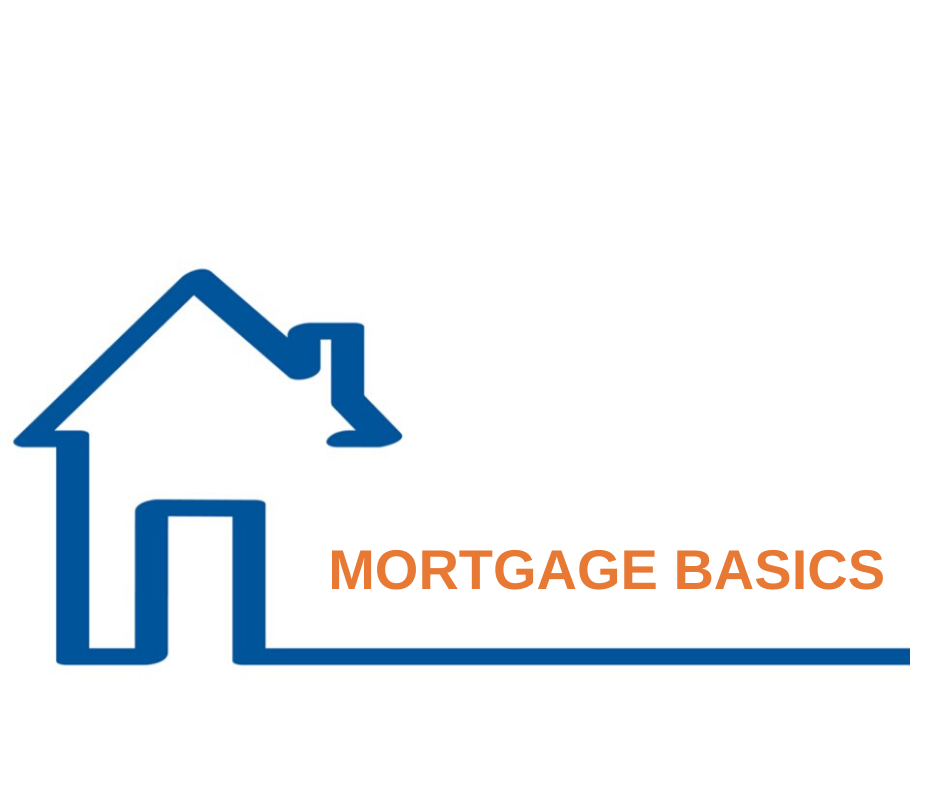Happy Family Day Long Weekend
February 18, 2020How Last Week’s Mortgage Stress-Test Change Will Impact Borrowers
February 24, 2020 If you are among the many mortgage borrowers who isn’t clear on the difference between mortgage term and mortgage amortization, here is a simple explanation to help clarify.
If you are among the many mortgage borrowers who isn’t clear on the difference between mortgage term and mortgage amortization, here is a simple explanation to help clarify.
Mortgage Term – When you secure a mortgage with a lender, you sign a contract that will remain in effect for a specific period of time. This is referred to as your mortgage term.
In Canada, the most common mortgage term is for five years.
Example: If you sign up for a five-year fixed-rate mortgage at 3%, that means that your interest rate will be locked in at 3% for a term of five years. When that term ends, you then renew your mortgage (and term) based on the best options available in the market at that time.
Mortgage Amortization – Your mortgage amortization period refers to the amount of time it will take to pay your mortgage in full. (Simply put, “to amortize” means “to pay off”.)
In Canada, the most common amortization period is twenty-five years.
Example: If you borrow $300,000 at a five-year fixed-rate of 3% and amortize this loan over twenty-five years, your monthly mortgage payment would be $1,420. By comparison, if you instead decided to amortize that same $300,000 over thirty years, your monthly payment would drop to $1,262. (The thirty-year amortization comes with a lower monthly payment because you are taking an additional five years to repay the loan.)
TIP: If you would like to learn more about the impact that different amortization periods have on both your mortgage payment and borrowing cost over time, check out my mortgage payment calculator.







